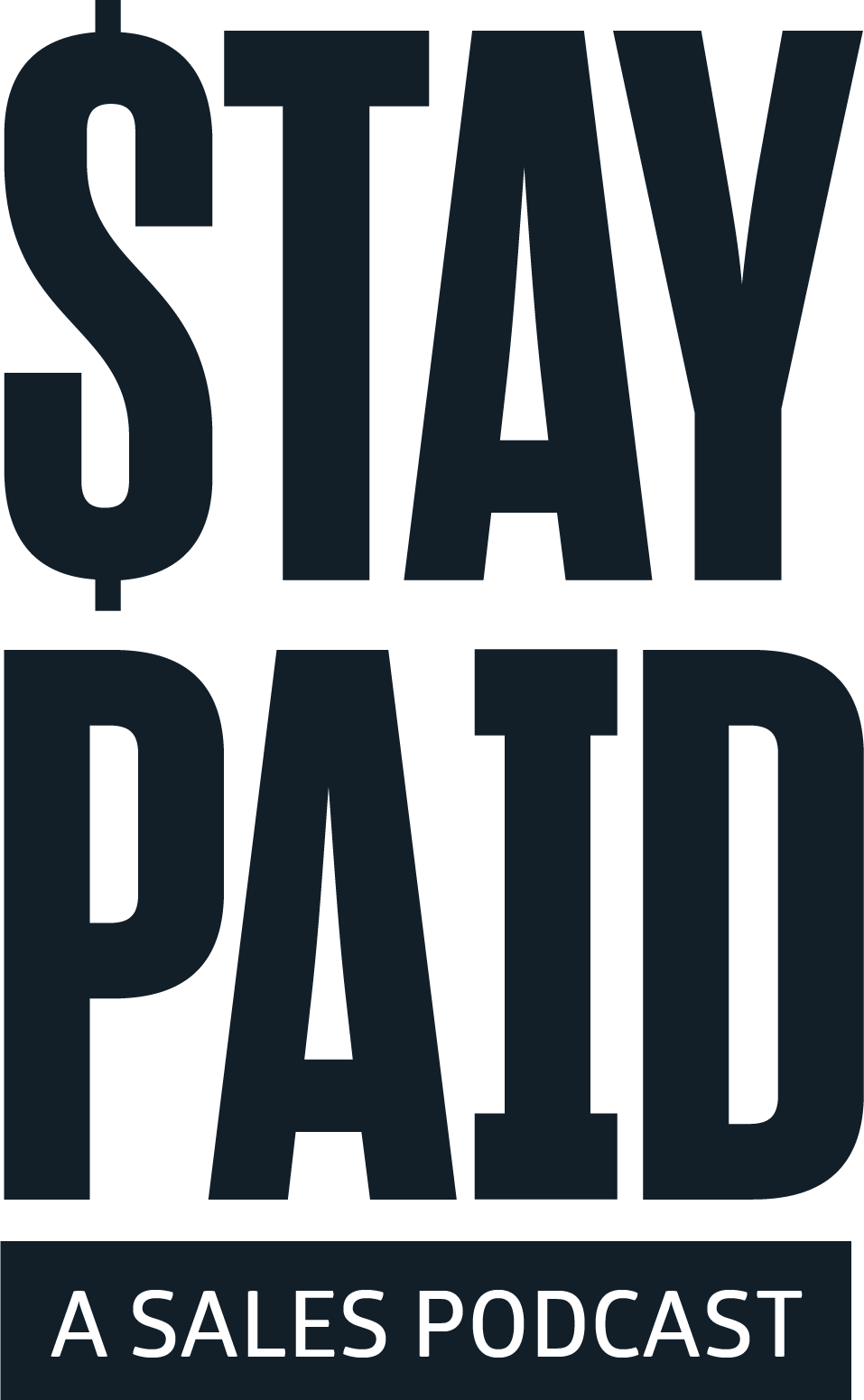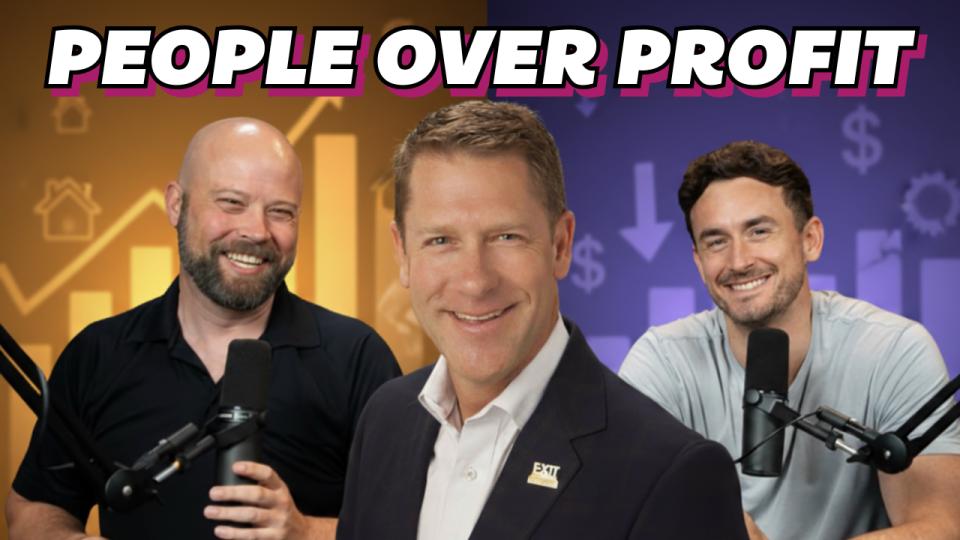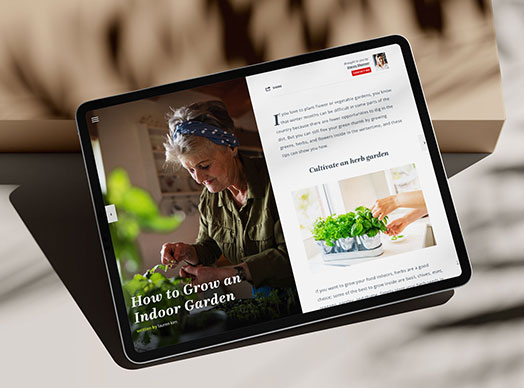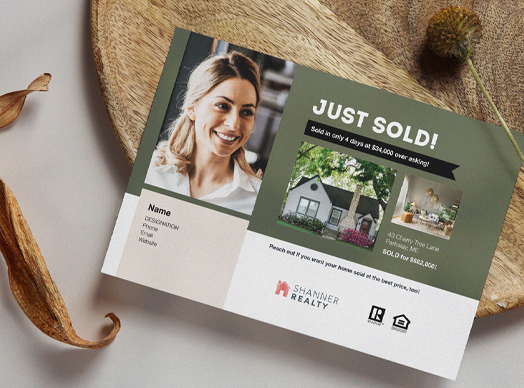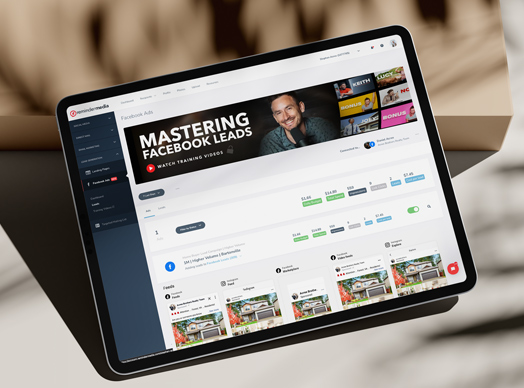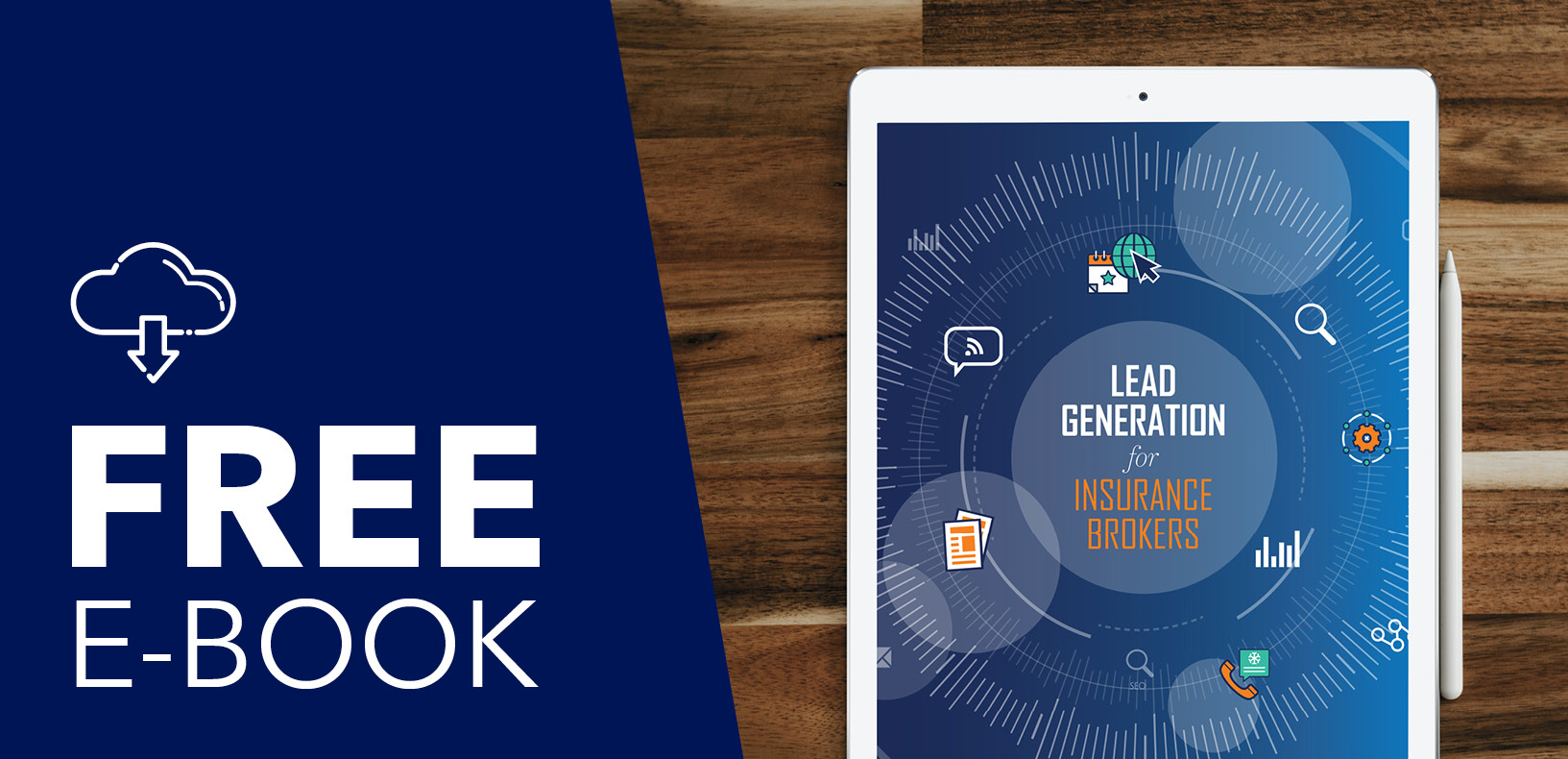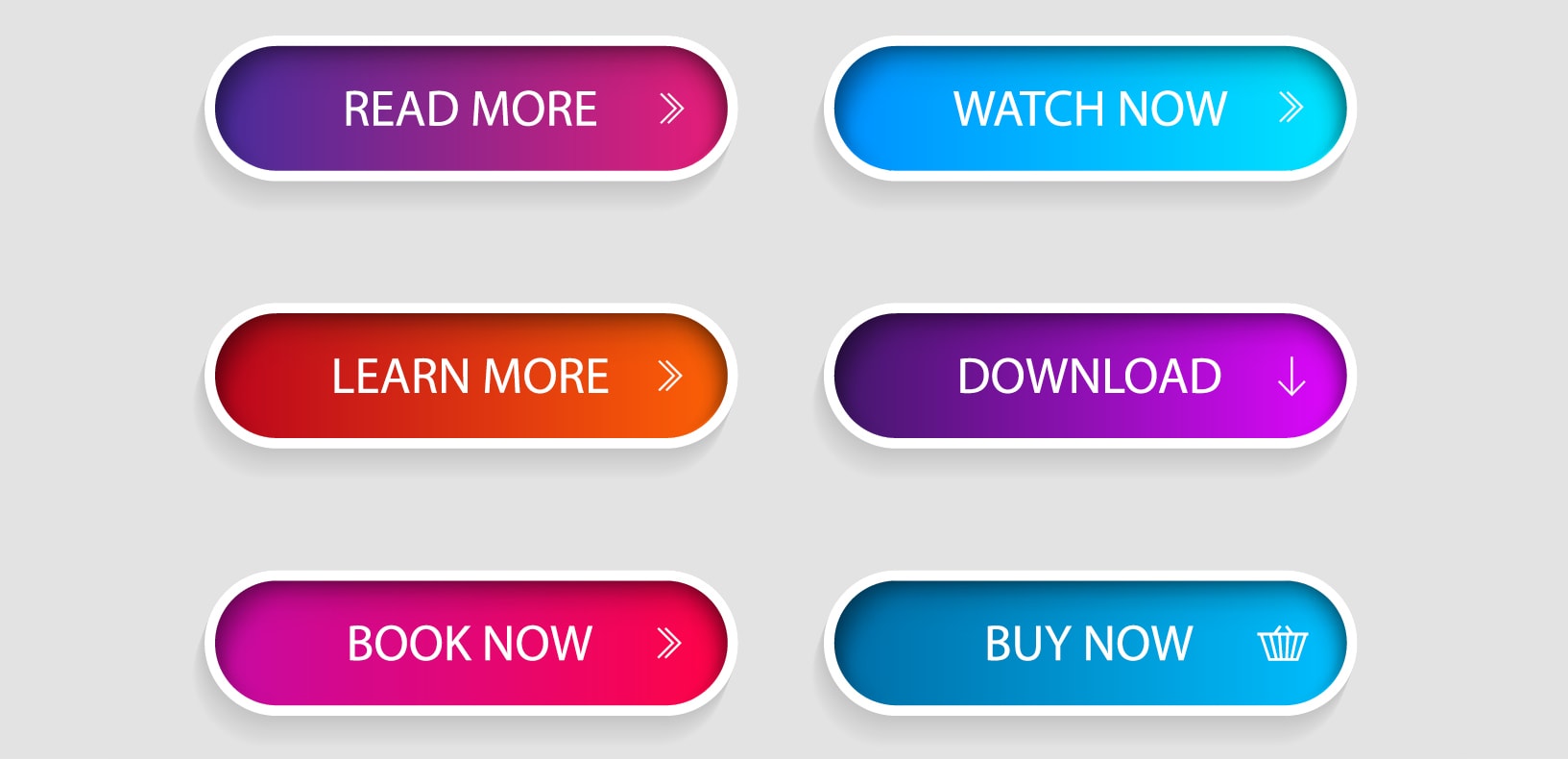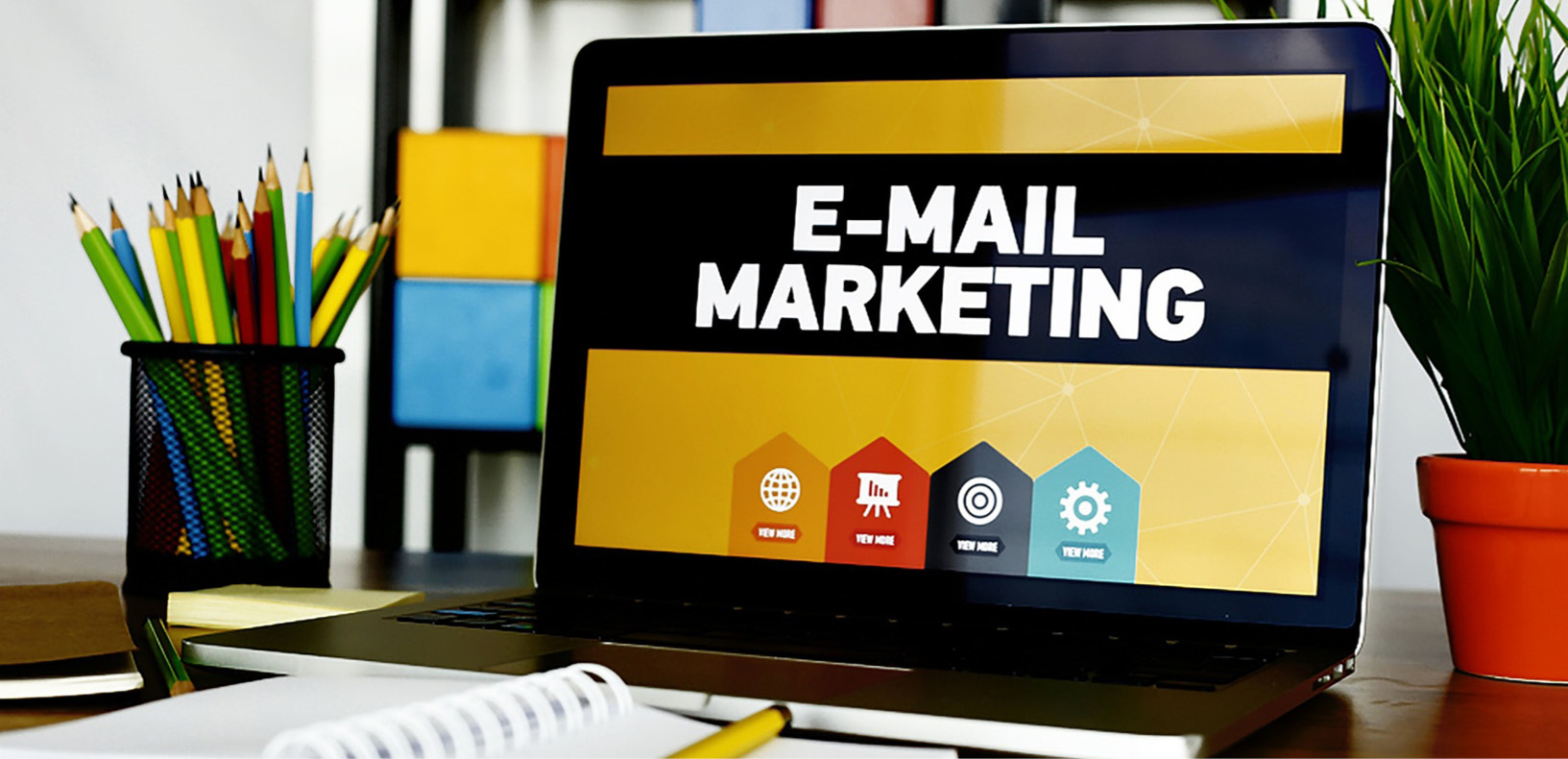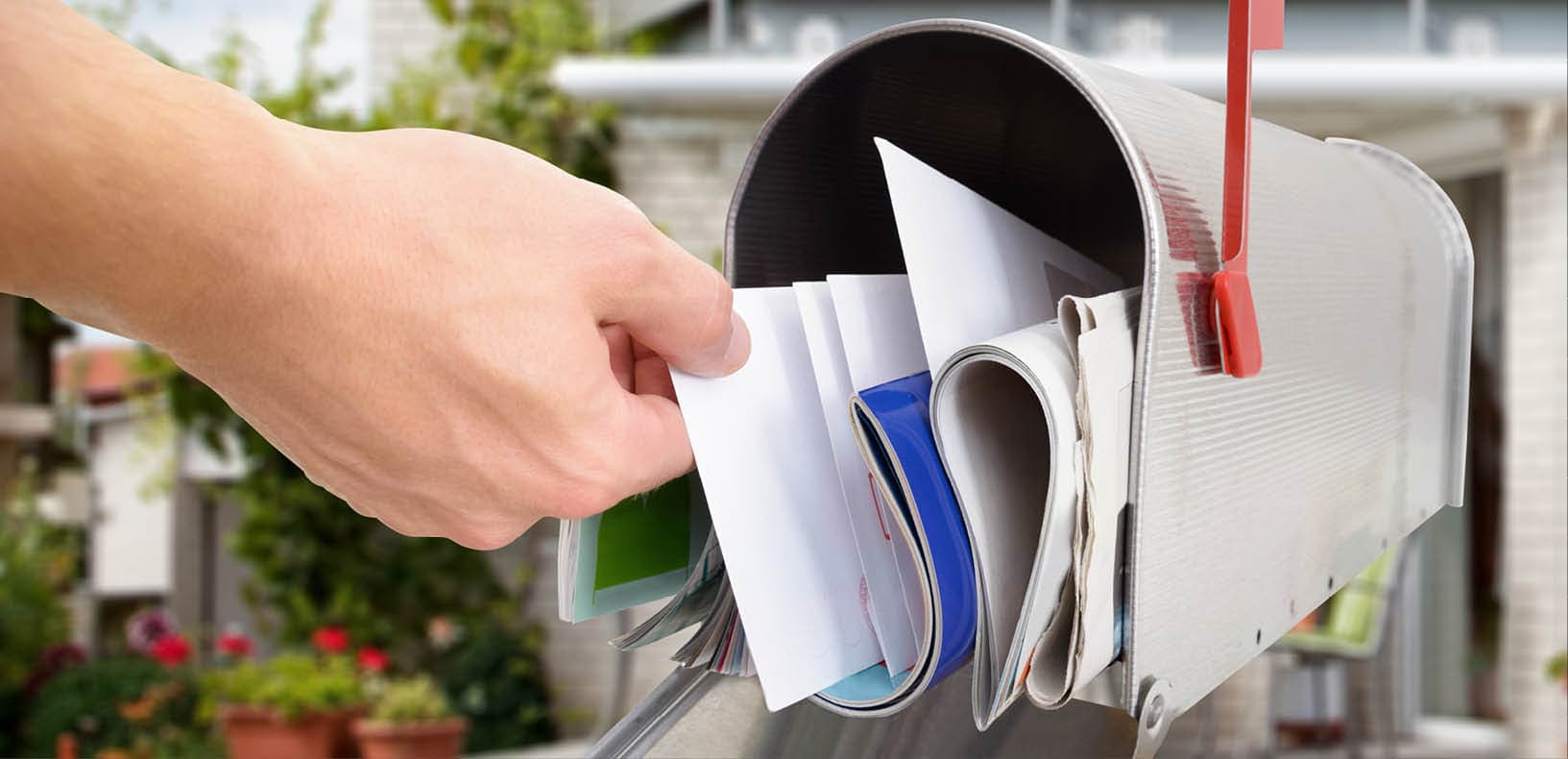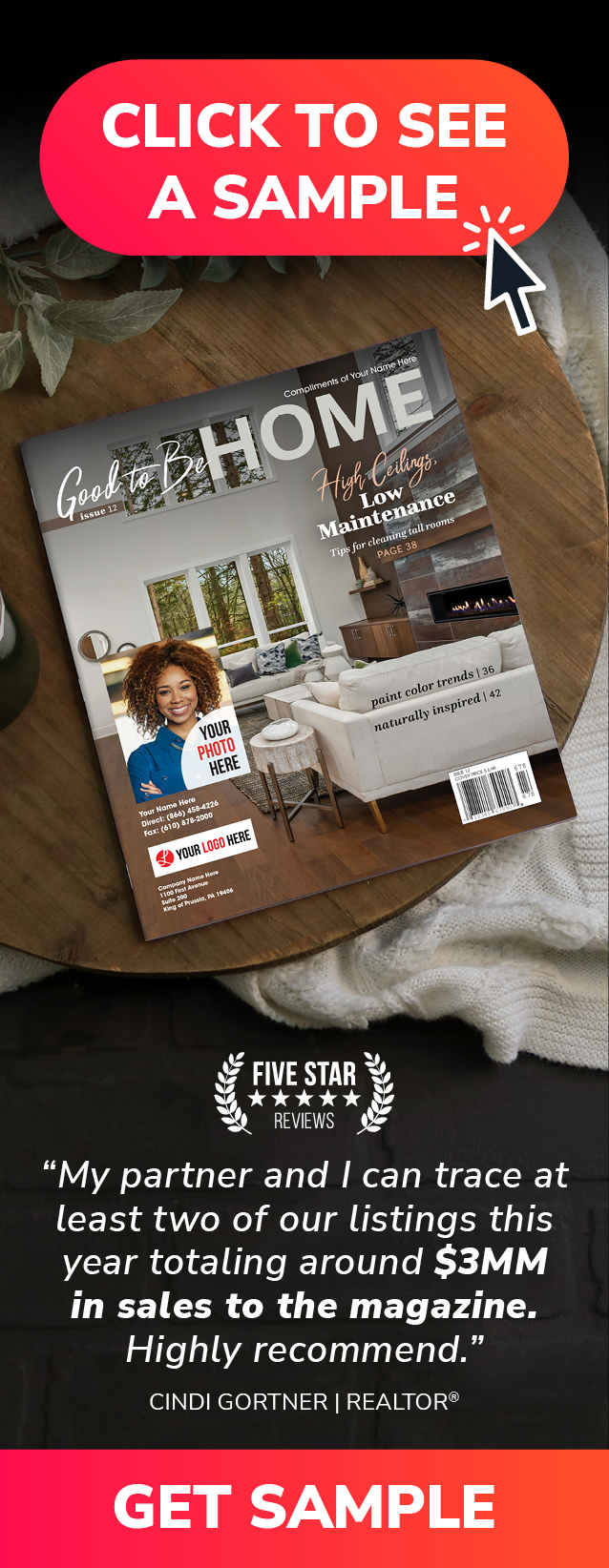Use this ultimate guide to discover the most effective insurance email marketing secrets and optimize the impact of your client touchpoints.
Email marketing is one of the most powerful tools in an insurance agent’s toolbox. Even so, many underutilize its potential, being satisfied to send a semiannual or annual policy renewal notice.
FREE DOWNLOAD: 15 WAYS INSURANCE BROKERS CAN STAY IN TOUCH WITH THEIR CLIENTS
Maybe they don’t see the value in sending emails to their clients, or perhaps they don’t know what types to send or how to write them so that recipients will open and read them. And, of course, there’s the usual challenge nearly all service professionals face, including insurance agents—sticking to a consistent schedule. But without regular and frequent touchpoints, including emails, your clients may turn to competitors who appear more engaged.
That’s why it’s vital to learn how to leverage email marketing to build strong client relationships, which can help you grow your business and help you solve the problems that may be keeping you from maximizing its potential. Let’s begin by diving a little deeper into why this tool is essential to your success.
Why email marketing is crucial for insurance agents
Constant Contact’s Small Business Now report shows that in 2024, 53% of small business owners across the US, UK, Canada, and Australia relied on email marketing as their go-to strategy for attracting new customers and retaining repeat ones. But for insurance agents, email marketing isn’t just about selling policies; it’s also about fostering trust and staying top of mind while not breaking the bank. It works because:
It’s cost-effective. Reaching your contact list through email is less expensive and more efficient than other marketing channels. According to Forbes, 88% of people check their email at least once a day with nearly 40% checking three to five times a day, the average open rate across industries exceeds 35%, and the ROI for email marketing is generally $36 for every dollar spent.
It encourages long-term relationships. Sending insurance email campaigns allows you to educate and engage clients between policy renewals. When you routinely send useful and entertaining content, you become increasingly familiar, building trust as you subtly remind your contacts of who you are, what you do, and the value you provide.
It helps to garner referrals: A well-crafted personalized email strategy can be leveraged to create opportunities for clients to share your name with others. You can even create a campaign for the sole purpose of requesting referrals (with the noted exception of soliciting Medicare referrals).
With these advantages in mind, let’s explore some effective email examples that can take your insurance marketing strategy to the next level.
Insurance email examples to inspire your marketing strategy
Effective email marketing begins with a strong foundation—starting with the very first touchpoint. Below, you’ll find six types of emails that can help you connect with your clients, build trust, and deliver ongoing value.
1. Welcome email
A warm, personalized welcome email is your first opportunity to set the tone for a lasting and positive relationship with your clients. Start by expressing your genuine gratitude for their business and trust in your services. This gesture not only builds goodwill but also establishes your agency as approachable and client-focused from the start.
Take advantage of this touchpoint to provide clients with valuable, easily accessible resources. Include links to your website’s FAQ section, guides for understanding their policies, and tools to manage their coverage online. And don’t forget to add your contact information prominently so clients know how to reach you directly for questions or support.
Pro tip: Personalize your message by including the client’s name and referencing the type of policy they’ve purchased or their specific needs. This extra effort demonstrates attention to detail and reassures clients that they’re in good hands. For example, “Hi [Name]. Thank you for trusting us with your auto insurance! Here are a few tips to get the most out of your coverage.”
2. Email marketing newsletters
A newsletter is a staple of effective email marketing for insurance companies. It provides an opportunity to share valuable educational content, such as tips for saving on insurance, guidance on filing a claim, and safety advice like preventing home fires and creating an escape plan. But while these topics are undoubtedly important, they may not always capture a client’s immediate interest.
To get your audience’s attention, include information about how you give back to the community and offer entertaining content.
Far from being self-promotional, sharing what you and/or your agents do for others is a powerful opportunity to foster goodwill and admiration. Similarly, enjoyable content like local restaurant highlights, memes, and top 10 lists are appreciated and highly shareable. For this reason, our clients enjoy sending our personally branded Local Events Email Newsletter. Each issue includes no less than seven handpicked quality events like concerts, festivals, and shows that are local to your area. Check it out.
3. Policy renewal reminders
You can add a personal touch to these often impersonal automated notices by sending a meeting invitation to clients before their official reminders hit their inboxes, offering to review or adjust their coverage if necessary.
Pro tip: Use your contact database to identify details that may prompt a policy change. For instance, if a child is about to age out of their parents’ health insurance policy, mention them by name and reach out to discuss alternatives.
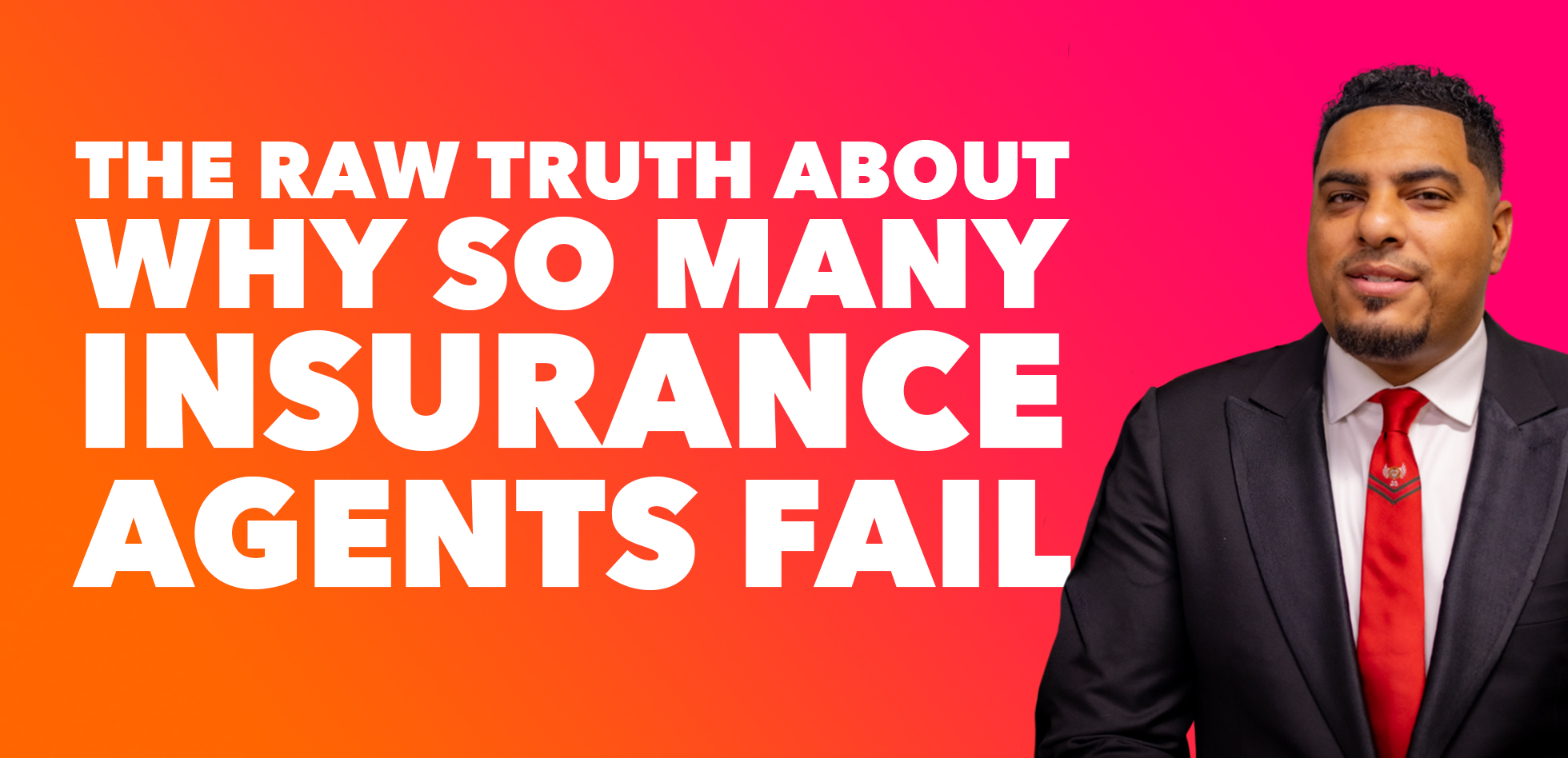
Listen to Stay Paid and discover the hidden reasons why insurance agents fail and how to overcome them.
4. Educational drip campaigns
A generative AI program like ChatGPT or Gemini can easily create an email marketing campaign for insurance agents that teaches clients about topics they may not understand or be familiar with. Once you’ve gotten yours together, you can then use a service like Mailchimp to automate sending it. Here are just a few of the insurance email subject lines my AI provided:
- “What Is an Umbrella Policy, and Do You Need One?”
- “Gap Insurance Explained: Are You Fully Covered?”
- “Life Insurance Riders: How to Customize Your Policy”
- “Bundling Policies: Save Money Without Sacrificing Coverage”
- “How Does Flood Insurance Actually Work? Here’s the Breakdown”
You can personalize your emails by segmenting your list of contacts by the coverages they have and then sending related information. For example, you might push an email with the subject line “Understanding Car Insurance Premiums: What Drives Your Costs?” to clients with an auto policy. Regardless of your approach, be sure to follow up with your recipients to answer any questions your emails may have prompted—you never know what opportunities may present themselves!
5. Seasonal campaigns
Another example of how AI could help you create engaging insurance marketing emails would be a series appropriate for different seasons and holidays.
For the colder months, consider sharing winterizing tips so homeowners can avoid costly insurance claims. Depending on your location, a spring campaign could help prepare clients for severe storms and tornados. Summer would be a good time to write about boating and swimming pool safety. And fall could be devoted to preventing wildfires and how to safely burn leaves.
Your holiday-timed emails could include topics like understanding car rental insurance, what to look for in a travel insurance policy, how to protect high-value gifts, and tips for safe holiday lighting and decorations.
6. Send a personally branded Digital Magazine
You’ll really blow your competition out of the water with this email . . .
We offer four personally branded Digital Magazines: American Lifestyle, Good to Be Home, Start Healthy, and Business in Action. Your recipients receive a new issue in their inboxes every month, and you can easily post specific articles or an entire edition to social media. Each has a custom-designed, prewritten email that you can edit if you wish, and with your recipient report, you’re able to see how your Digital Magazine is performing.
Best practices for crafting effective insurance marketing emails
Now that you have some ideas about what to put into your emails, it’s time to talk about how to write them so your audience both opens and engages with them.
Optimize your subject lines
In his book Confessions of an Advertising Man, David Ogilvy (considered by many to be the maven of advertising) wrote something to the effect that, “When you have written your headline, you have spent 80 cents out of your dollar.” Subject lines are email headlines, and they decide whether yours will be opened or banished to the trash. Follow the best practices below when crafting yours.
- Make them clear. Your subject lines should clearly state your email’s topic. If you have to choose between clear and clever, go with clear.
- Keep them short. To prevent your subject lines from being truncated, make them as short as possible. Different sources recommend different maximums, but I try to limit mine to seven words and 60 characters.
- Position them as urgent, useful, unique, and ultraspecific. A subject line that exhibits three of these four qualities will generally attract your recipients’ attention and cause them to click.
It’s always a good idea to test your subject lines to see which performs best—simply send the same email with two different subject lines to a portion of your list to see which is opened most often. Use the winner to email the remaining members of your list.
Personalize your emails
I’ve already discussed segmenting your list and sending customized content, but you can also easily personalize those same emails by incorporating recipients’ names into the subject line and including them in your greeting. For instance, you might test a subject line similar to this one: “Hi [First Name], here’s how to save on your auto policy!”
Include a clear call to action
It may seem obvious to you why you are sending a particular email, but you can’t assume the same for your contacts. Whether it’s to schedule, download, call, visit, read, or something else, there is no point in reaching out if you don’t point them toward an action. Incorporate only one call to action in every email since any more will divide their attention.
Use consistent branding
Include your logo, headshot, and contact details in every email. Maintain a uniform tone—whether formal, casual, humorous, or other—to match the personality your readers will expect when working with you.
Make sure your layout is mobile-friendly
While the numbers vary widely, there is a growing percentage of people who are opening their email on mobile devices, which makes it important that your insurance emails look great on both desktop and mobile devices. Keep to a single-column format, go easy on visuals, and avoid fancy or small fonts.
Utilize white space
Nothing will shut down a reader’s interest quicker than opening an email and seeing a solid block of text. Keep paragraphs short, add blank lines, and use headings and bullets.
Track the success of your insurance email campaigns
Finally, make sure you measure and track how your emails perform—if you don’t, you won’t know what works and what needs another look. Email marketing service providers like Mailchimp, Constant Contact, and ActiveCampaign will provide reports that track key metrics, which should include:
- Open rate: What percentage of recipients open your emails?
- Clickthrough rate: What percentage are clicking the links you include in an email?
- Conversion rate: What percentage click on a link within an email and complete a desired action?
- Bounce rate: What percentage of emails couldn’t be delivered?
- Unsubscribe rate: What percentage opt not to receive your emails?
In addition, it’s beneficial to periodically clean your email list; doing so can help increase your open rate and decrease your bounce rate.
The long-term benefits of email marketing for insurance agents
For insurance agents, email marketing isn’t just about selling policies; it’s about building lasting relationships. By sending valuable insurance emails, like newsletters, reminders, and educational campaigns, you’ll stay top of mind, nurture leads, and strengthen client loyalty.
Ready to take your email marketing to the next level? Try our Digital Marketing Platform today, and enjoy our Local Events Newsletter, Digital Magazines, and three additional digital tools—that’s five completely automated, personally branded tools to keep you in consistent contact with your entire sphere. Click this link and get 30 days for less than the cost of a specialty coffee!




